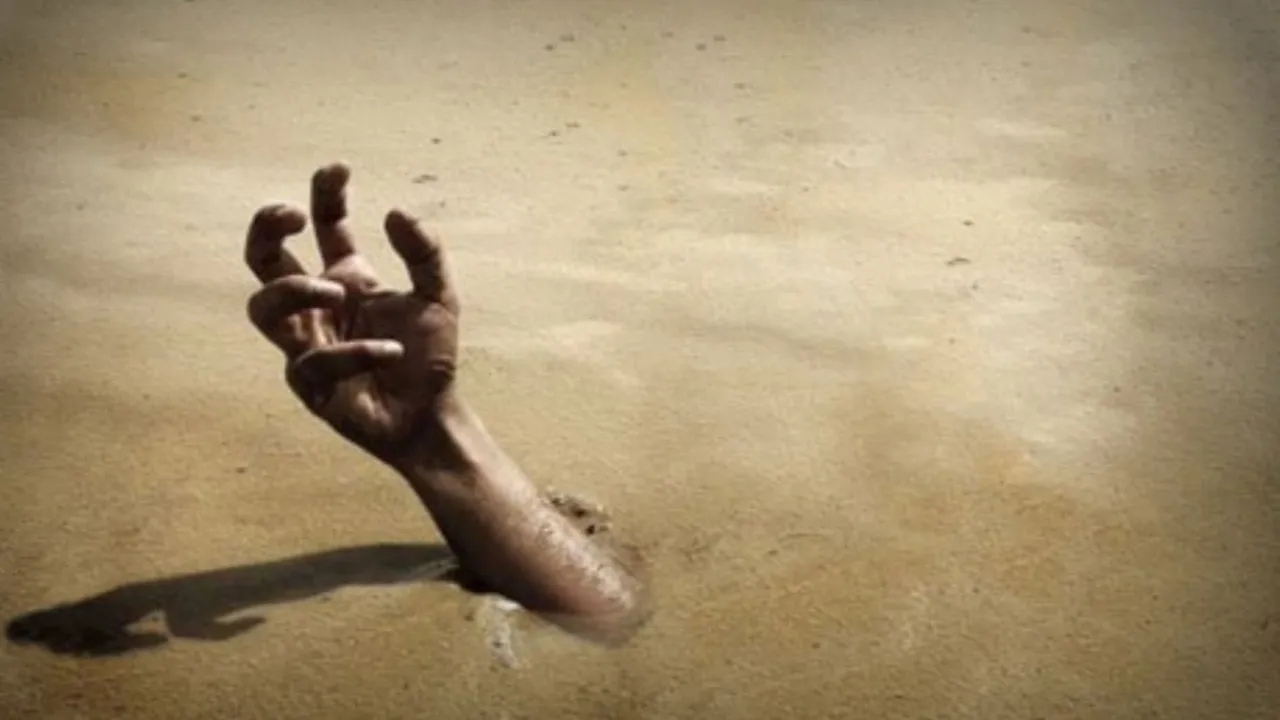
The quicksand is a curious phenomenon, but it does not work like a suction pit that swallows it up. They are actually a colloid hydrogel, consisting of a mixture of finely granulated material (such as sand or mud), clay and water. Basically it is a mixture of fine sand (40% -60%) and water, and therefore they are usually found in marshy areas and near estuaries, lakes or rivers.
They behave like a thixotropic or non-Newtonian fluid. That is to say, when they are not disturbed by any external factors, they remain viscous as a glue or as a gelatinous type solid matter, but, being saturated with water, the friction between the grains is minimal, so they function as a mud that can not Bear no weight. If someone treads it, water and sand separate, and the mixture becomes fluid. That makes the body initially sink, but you can leave if you stay calm and follow these recommendations.
Before an outside agent intervenes, the grains of sand and water are bonded, which gives the mixture a viscosity that keeps it stable. When stepping on the sands, the body weight alters the tension between its elements, and the mixture becomes more fluid. The body of the unwary who enters them tends to sink. It must be taken into account that the force required to get out of them is too great: to move one foot in the quicksand at a speed of one centimeter per second requires the same force to be invested in lifting a medium-sized car ( Exerting a force of more than one ton).
So instead of walking, you have to push your arms up and back and lie on your back to spread the weight of the body and offer more body surface. Thus, the body, being less dense than sand, floats. Then slowly crawl and pull backwards outwards.
